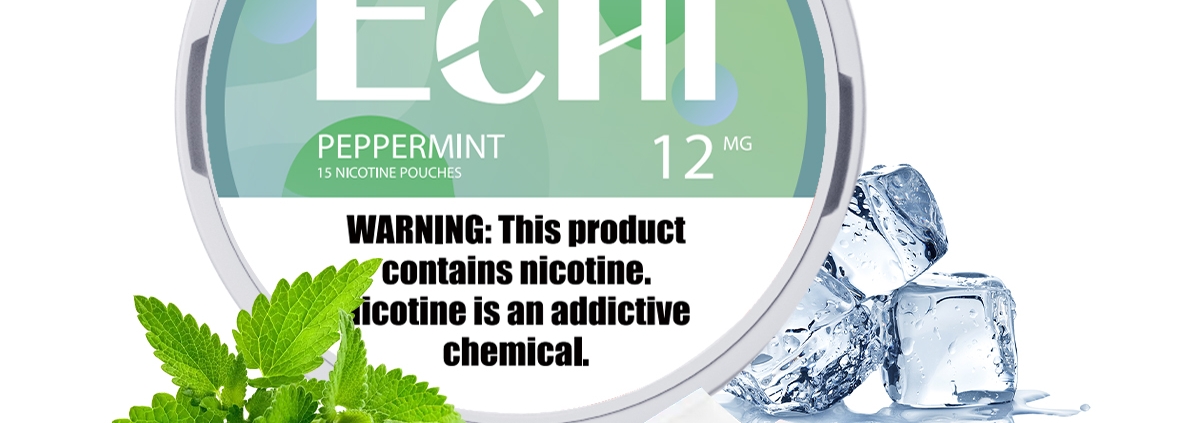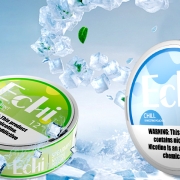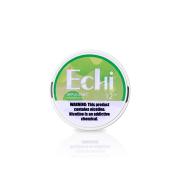Exploring Skoal Dip Varieties: A Strategic Comparison for Bulk Buyers and Distributors
Stepping into the world of Skoal, a prominent name in the smokeless tobacco sector, is to encounter a spectrum of taste, texture, and product format tailored for every kind of user. Whether you’re a distributor expanding your offerings or an international buyer sourcing quality dip products, understanding the nuances of each Skoal dip variant can sharpen your decision-making and improve procurement outcomes.
Types of Skoal Dip
Skoal’s product lineup showcases the brand’s versatility, offering everything from fine cuts to pouches in a range of flavors. Below are five standout products that illustrate the brand’s scope:
• Skoal Long Cut Wintergreen
Known for its bold, minty profile, this variant features shredded tobacco strands soaked in wintergreen flavor, delivering a refreshing mouthfeel and a steady nicotine release.
• Skoal Snus Mint
Smokeless and spitless, Skoal Snus Mint is ideal for discreet usage. It contains a lower nicotine concentration, making it a popular option among newer users or those looking to taper consumption without sacrificing the minty experience.
• Skoal Bandits Wintergreen
Packaged in mini pouches (Bandits), this product combines flavor with convenience. Pre-portioned and clean, Bandits are great for users seeking a mess-free dip experience.
• Skoal Fine Cut Straight
A classic offering, this variant boasts a richer, deeper tobacco flavor. The fine grind allows for faster nicotine absorption, catering to seasoned users accustomed to traditional dips.
• Skoal Pouches Citrus
For those seeking a sweeter alternative, the citrus blend stands out with its tangy aroma and clean finish. It’s a flavored pouch that balances tobacco satisfaction with a modern twist.
Skoal Dip: Understanding the Differences
Flavor, cut type, and packaging are the defining elements that distinguish each Skoal product. Here’s a closer breakdown:
-
Flavor: Ranges from robust and earthy (Fine Cut Straight) to fresh (Wintergreen) and fruity (Citrus).
-
Cut Type: Includes Long Cut (easier to pack), Fine Cut (more intense), and pouch-based formats like Snus and Bandits.
-
Packaging: Traditional round tins for loose dip vs. pouch-based variants designed for portability and cleanliness.
This diversity allows buyers to match products to a wide array of customer preferences—from traditionalists to modern tobacco users.
Choosing the Right Skoal Variant: White Label vs. OEM
When sourcing Skoal-style dip in volume, businesses often face a decision between OEM-branded products and white-label alternatives.
-
OEM (Original Equipment Manufacturer): Buying genuine Skoal products means leveraging brand recognition, proven product quality, and established consumer trust. Ideal for retailers targeting premium segments.
-
White Label: Offers greater price flexibility and branding opportunities. While margins may be higher, quality and flavor consistency may vary depending on the manufacturer.
For many B2B buyers, the choice comes down to market positioning: premium brand equity vs. customization and cost efficiency.
The Process of Purchasing Skoal Dip in Bulk
Bulk purchasing typically involves the following steps:
-
Contacting the brand or licensed distributor – U.S. Smokeless Tobacco Company handles Skoal’s global distribution.
-
Requesting MOQ and pricing tiers – These vary by market and volume.
-
Customs and compliance checks – Ensure alignment with local nicotine product laws.
-
Sample testing and order finalization – Test batches help ensure product suitability before committing to large-scale procurement.
For direct assistance, you may inquire via industry-recognized suppliers specializing in bulk nicotine product distribution.
How Procurement Channels Differ: China vs. the United States
Sourcing Skoal dip—or similar products—differs notably by geography:
-
United States: Distribution is regulated but accessible. Buying OEM Skoal dip is straightforward if compliant with FDA regulations.
-
China: Importing smokeless tobacco is heavily restricted. Local regulations require navigating a complex framework and often prohibit or limit direct retail of such products.
Working with a China-based nicotine manufacturer or OEM partner can help navigate legal hurdles while offering localized alternatives when direct import isn’t feasible.
Comprehending the Cost Composition of Skoal Dip
Understanding the price structure helps in evaluating supplier quotes and negotiating smarter:
-
Raw Materials: Tobacco leaf grade, flavoring agents (e.g., mint oils, citrus essences)
-
Processing: Fermentation, cutting, blending, and curing
-
Packaging: Metal/plastic cans, pouch material, labeling
-
Logistics: Warehousing, shipping, regulatory fees
These variables fluctuate based on origin, volume, and supply chain conditions—especially for international buyers managing foreign exchange and compliance costs.
The Importance of Samples in the Bulk Purchasing Process
Before making large purchases, always request samples:
-
Evaluate flavor profile, cut consistency, and packaging durability
-
Test storage stability and consumer feedback
-
Verify compliance with intended market’s product standards
Sampling also fosters clearer communication between buyers and manufacturers, ensuring alignment on specifications and delivery expectations.
Conclusion
Navigating the array of Skoal dip products requires more than a flavor preference—it involves understanding format, manufacturing origin, brand value, and compliance pathways. While white-label options provide affordability and customization, OEM Skoal dip brings brand equity and consumer trust.
For distributors, importers, and brand managers, choosing the right Skoal variant and sourcing partner can significantly impact product success. With careful research, sampling, and supplier selection, you’re well-equipped to make strategic, profitable decisions in the smokeless tobacco market.












Leave a Reply
Want to join the discussion?Feel free to contribute!